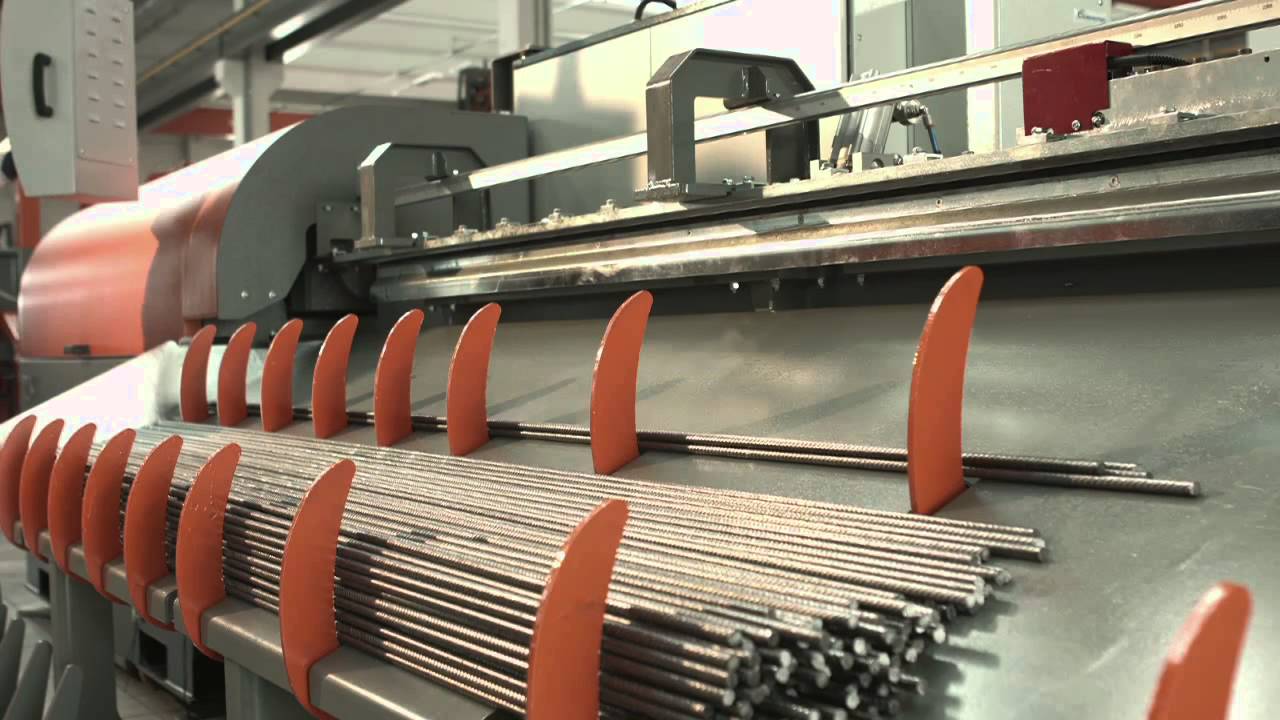A Straightening machine is a device that straightens metal sheet material. It uses a series of rollers to stretch and compress the upper and lower surfaces alternately until they reach their yield point.
AHSS requires more force to bend than mild steel, so the straightener must be designed with adequate travel between the upper adjustable rollers and the lower fixed rollers. Also, the system must be rigid to support the greater forces required.
Power
The power required to run a straightening machine depends on the processing requirements of the product. This is determined by a number of factors, including the size of the straightening rollers and the thickness of the product. The more product that a straightening machine processes, the larger the rollers should be to prevent deflection.
Pull-through straighteners (which rely on a feeder to pull metal sheet through the machine) typically have smaller diameter work rollers. This reduces their effectiveness when working with thicker materials. For this reason, it’s best to use a standard powered straightener when processing steel sheet metal and other thicker materials.
Rotary tube straightening machines use a series of fixed or adjustable rolls to rotate and feed the tube while it passes through the machine. This helps reduce the length of the tubes and increases their straightness. These machines are ideal for a range of manufacturing applications, including the production of tubes for marine and power boilers and pipe system construction.
Design
The power requirement of a straightening machine depends on a number of factors, the most obvious being the maximum material width and thickness. Also, the combination of the work roller diameter and center distance spacing has a significant effect on power requirements.
This is especially important with AHSS, which requires a more rigid system design in order to resist the larger forces required to bend the material. Larger support journal diameters, higher work roll torsional stiffness and increased backup structural frame rigidity are all part of this equation.
In order to achieve a useful final result, it is also important that the straightening process is controlled as accurately as possible. To do this, the contour of the to-be-straightened material must be detected. This can be done through the use of camera images or laser scanning in connection with the measurement of the material thickness. Then, a corresponding computer program can calculate the required power. This information can then be used to set the pinch roller pressures, drag brake strength and work roller depth settings.
Safety
To prevent injury to employees, straightening machines are designed with safety in mind. Most come with a safety mark and a unique certification number, which identifies the supplier. They are also designed to be dust-proof, rain-proof, and to withstand high temperatures. They are also equipped with long control cables, which make them safe to operate from a distance. They are also easy to maintain.
Many of the most common injuries involving hair straighteners involve contact burns to the fingers or hands. These injuries are usually caused by grabbing or stepping on the hot device, and can be quite serious.
A comparison of the AHP method with four relevant criteria led to an adequate maintenance periodicity, which increases the machine availability and reduces operating costs. However, it is important to know how to use the right settings for your straightening machine. This knowledge is essential for keeping your hair healthy. Also, you must keep it away from children and pets to avoid contact burns.
Maintenance
A straightening machine can produce high quality results, but it must be maintained properly to minimize downtime. Some maintenance procedures include cleaning the coil shoe and adjusting the stock guides to ensure they are on the centerline of the mandrel. Additionally, it is important to check for camber and oil canning in the material and adjust if necessary.
Using impact is an effective straightening technique, but it can irreparably damage a wheel if it is not used correctly. This PDF explains how to properly apply impact, ensuring that it is effective while minimizing the risk of permanent wheel damage.
A combined uncoiler and straightener system reduces the material loop between coil uncoiling and leveling, saving 3-5m of space in press workshops. This system also allows for quick changeovers, reducing downtime and increasing productivity. Integrated runout measurement and analysis software helps to track and record production data, and can save time by eliminating the need for manual measurements.
